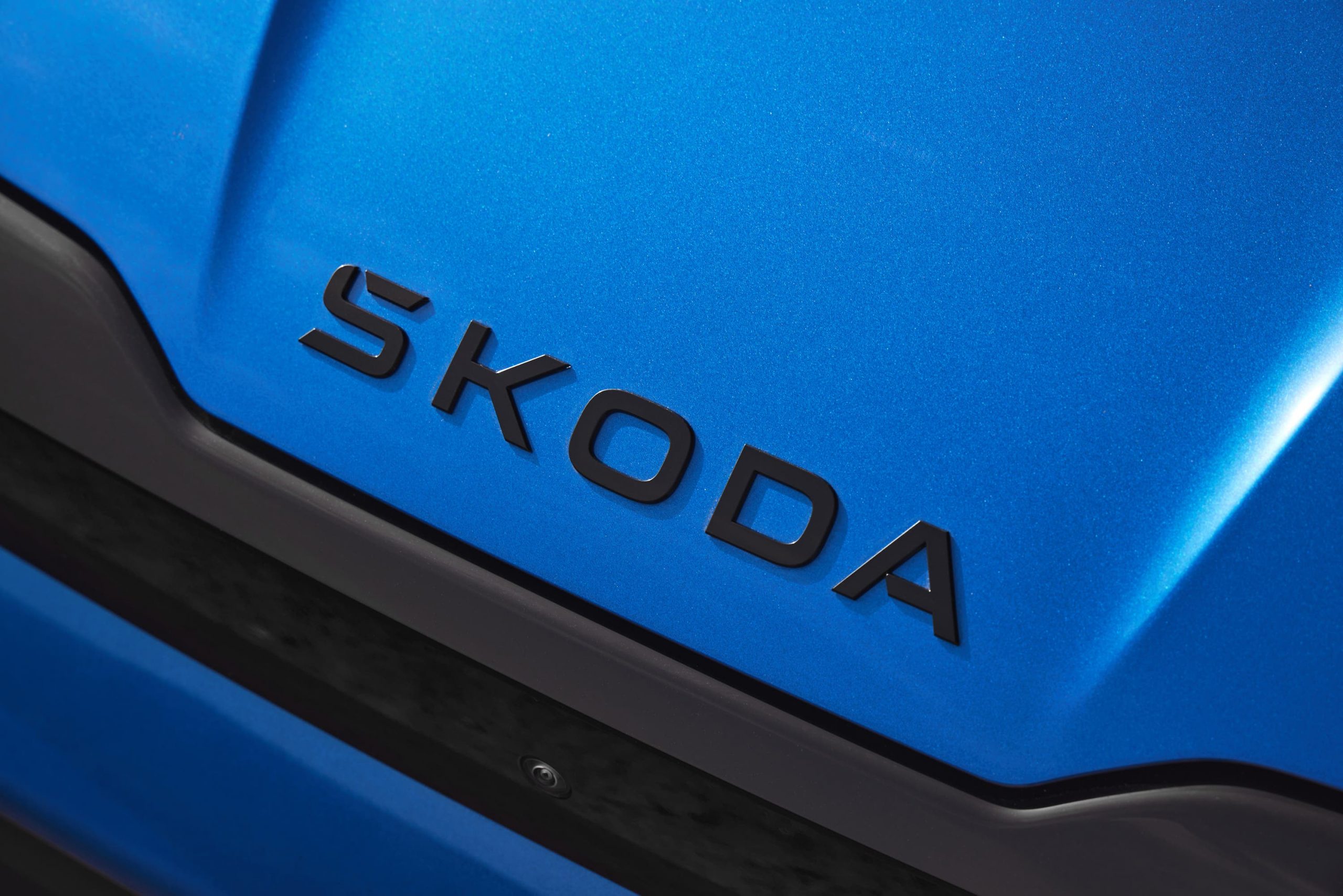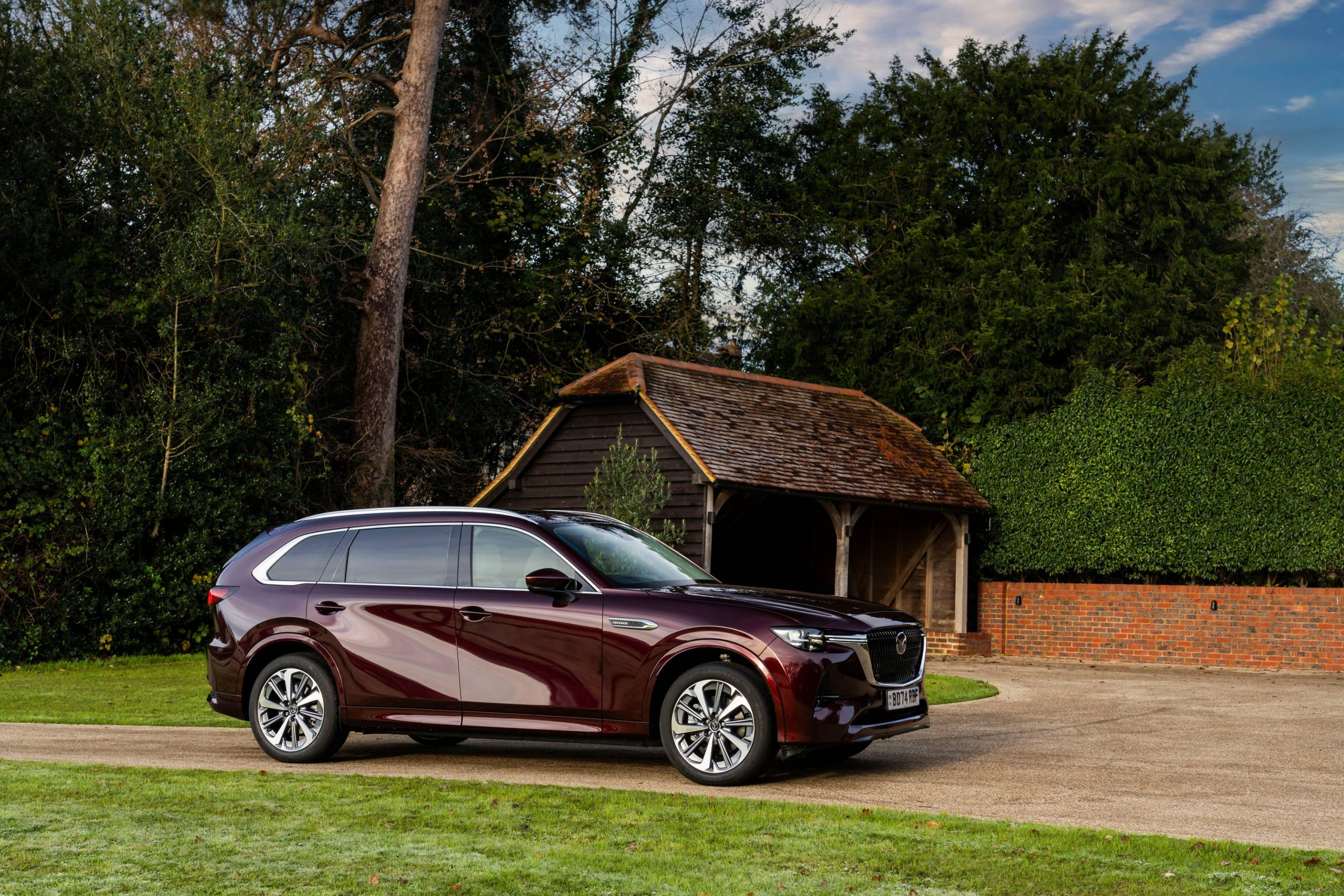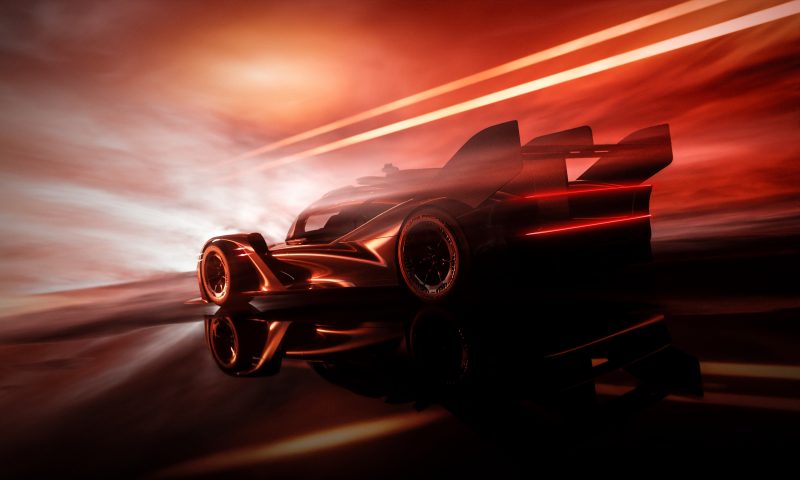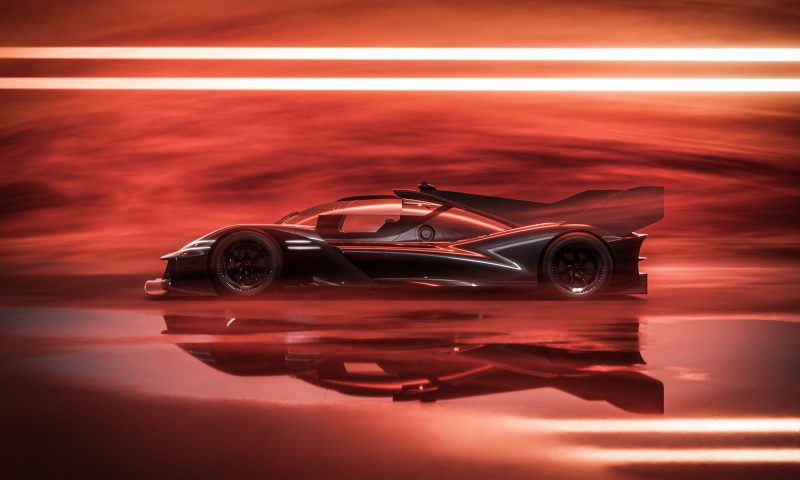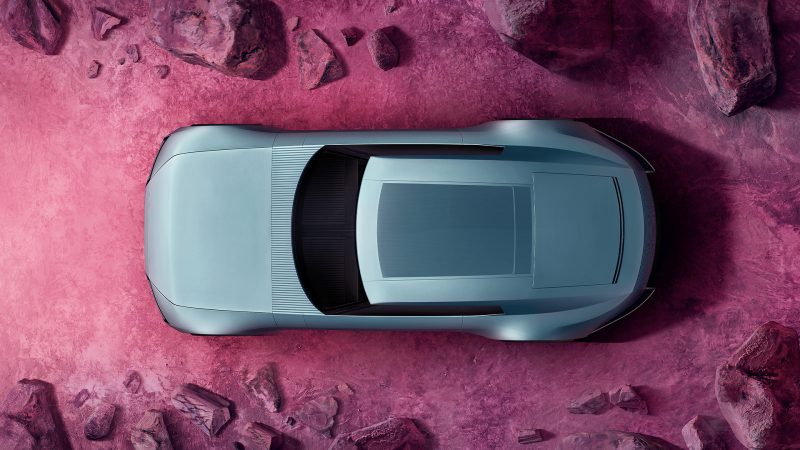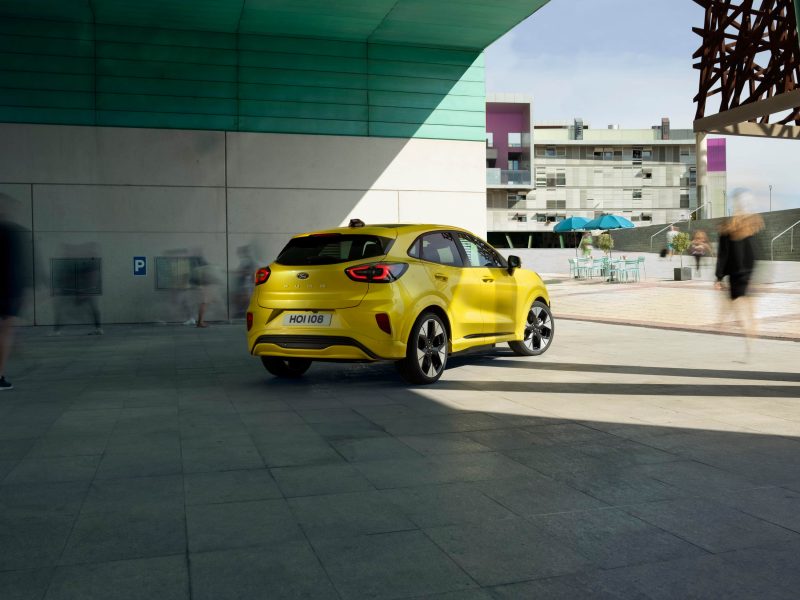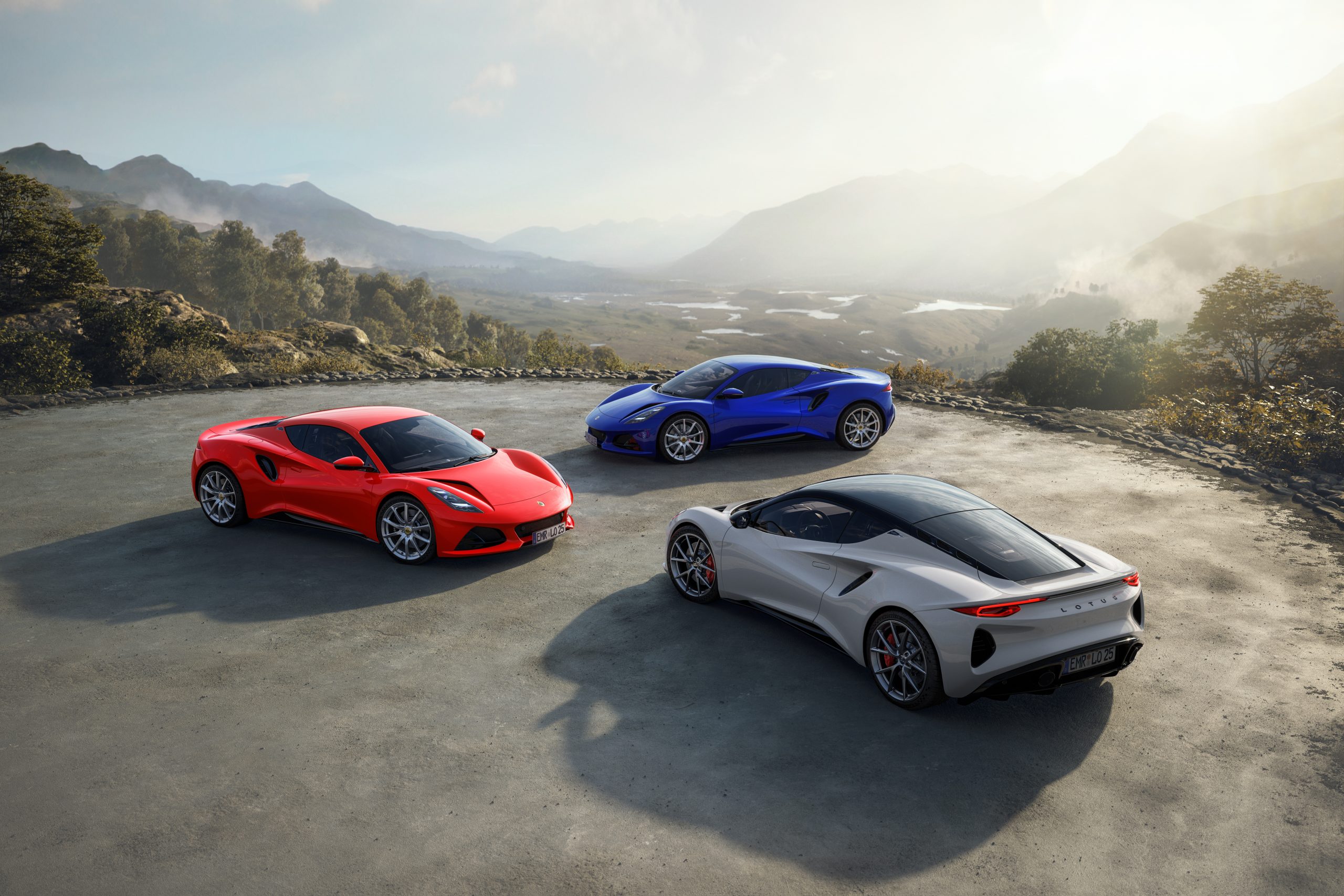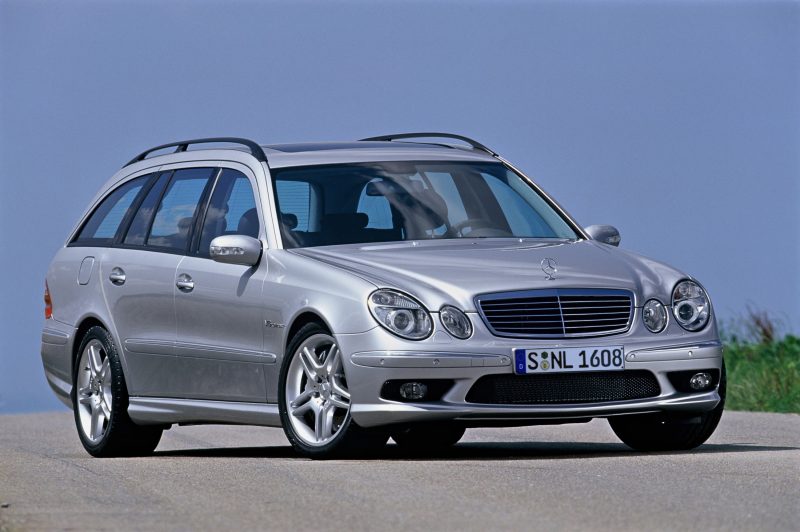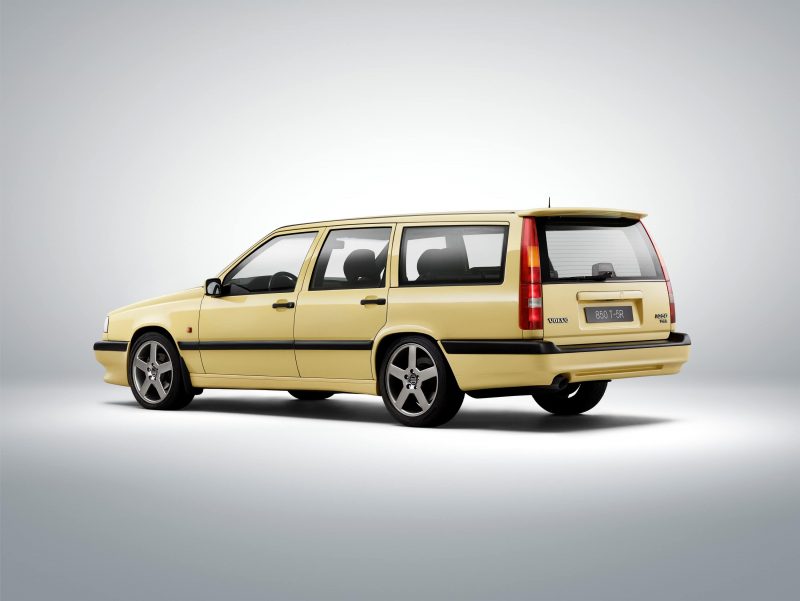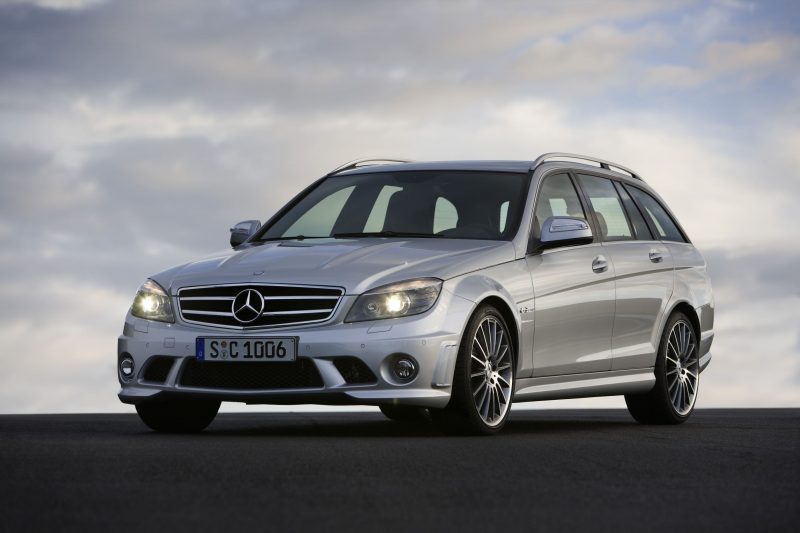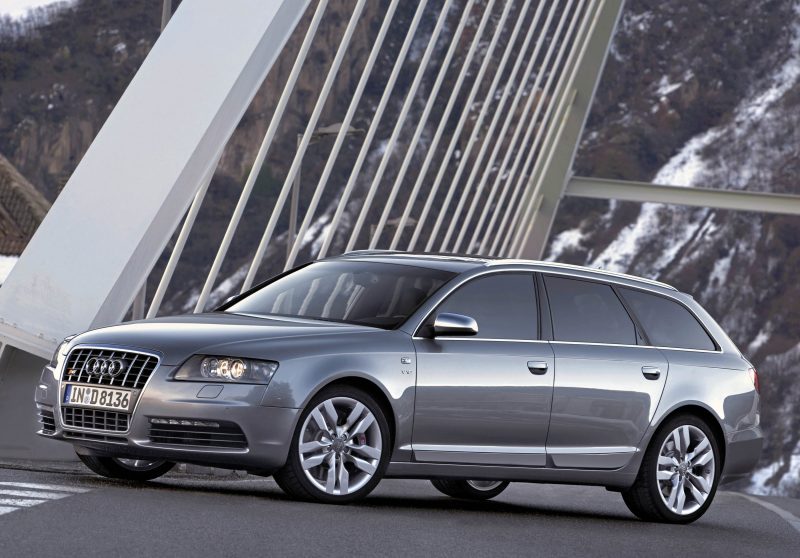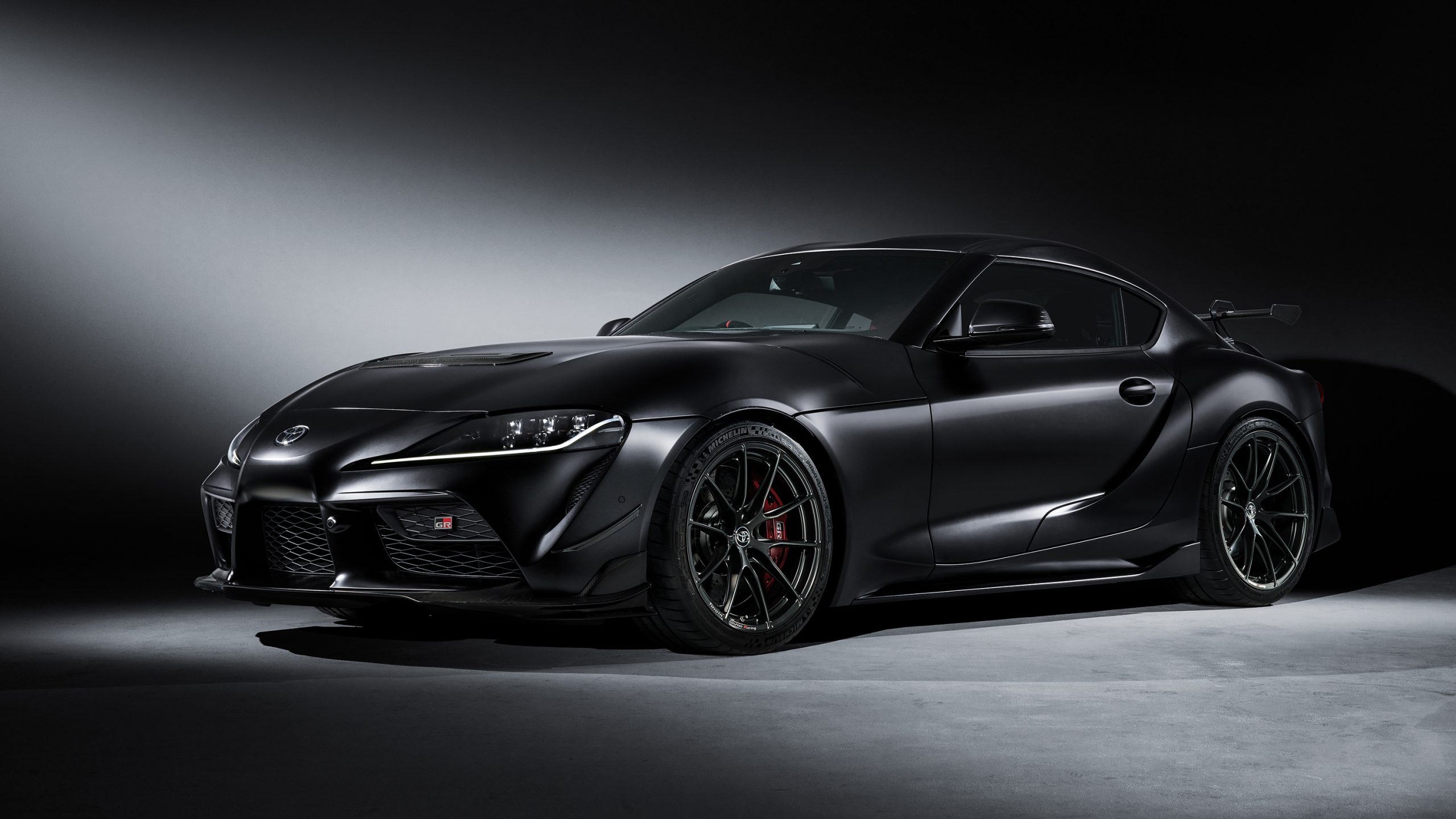We’ve got a round-up of excellent gifts for the car-mad person in your life.
We’re well into the festive season now and the run-up to ‘the big day’ brings several challenges. If you’ve got a motor-mad person in your life, then you might be wondering just what to get them.
Well, there’s good news if that’s the case, as we’ve got a collection of some of the best motoring-related Christmas gifts to check out today.
Yeti Rambler travel mug – from £35

Yeti’s range of no-nonsense equipment is great for those on the go and its Rambler line-up is ideal for people who spend a lot of time behind the wheel. Available in a number of sizes, the Rambler travel mug is made from stainless steel that is hard-wearing and won’t falter even if dropped.
Available in a variety of colours, the Rambler travel mug is designed to fit in a standard-size cupholder and it’s dishwasher safe, too, so you shouldn’t have any trouble cleaning it at the end of the day.
Quad Lock Car Mount – from £48.98

The Quad Lock system is one of the most robust for attaching your phone to a vehicle. Included in this price is a dedicated smartphone case which, on the back, incorporates a locking system. With this, you attach it to the mount which is suction-mounted to your windscreen.
It’s an easy and handy way of keeping your device safe when on the move and you can even buy extra attachments that can power your smartphone while it’s attached to the mount.
LEGO Technic Oracle Red Bull Racing RB20 F1® Car – £199.99
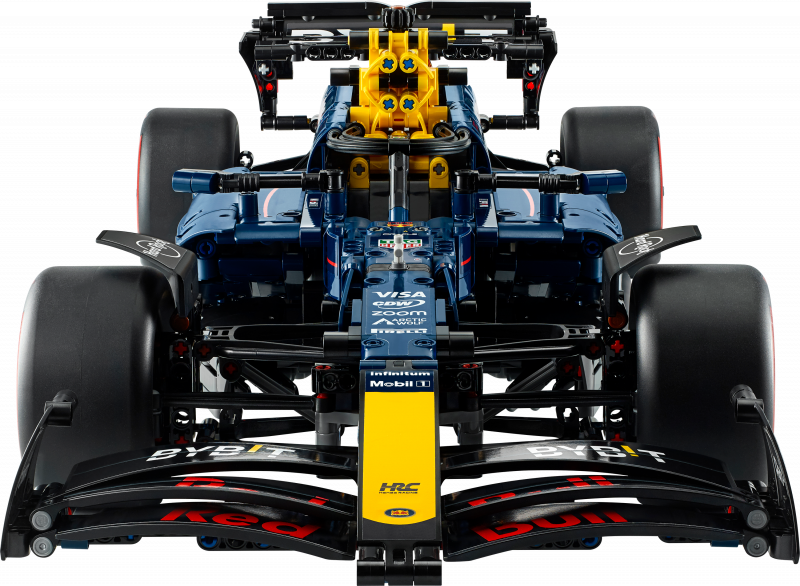
There’s nothing quite like unwrapping a full Lego kit on Christmas day, or even watching someone unwrap one, for that matter. The Red Bull Raacing RB20 F1 car is one of the latest kits from Lego and it’s a thumper. When constructed, the model measures over 15cm and 64cm long, so it’s bound to impress those who see it.
It’s even got a two-speed gearbox and a V6 engine with moving pistons. Whether the person you know is into Lego – or into F1 – this is set to make Christmas an even better time.
Nebo Luxtreme Nano torch – £29.99
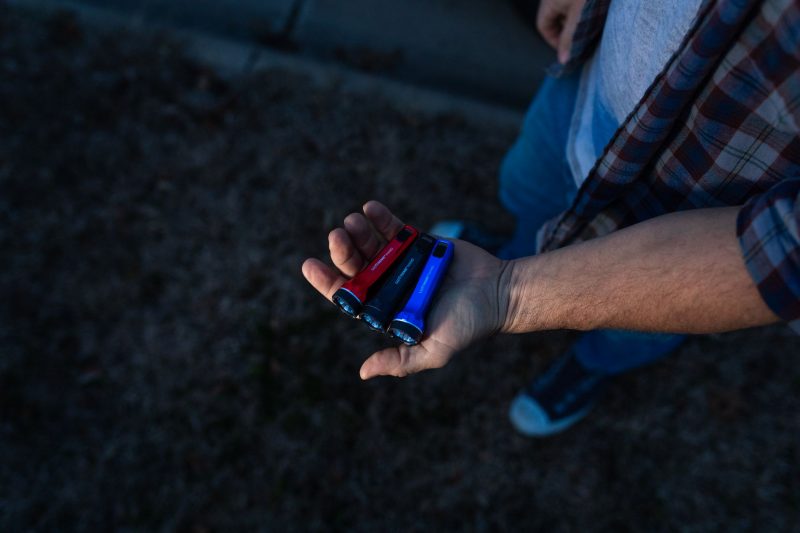
It’s always helpful to keep a torch in a car’s glovebox and the Nebo Luxtreme Nano is a great example of how to pack a lot of power into a compact device. It’s USB-C rechargeable, too, so you can power it up at home before stowing it away in the car – or you could even top it up via your car’s power.
Made from aircraft-grade aluminium, it’s also IPX6 waterproof-rated and impact-resistant.
Goodwood tickets – from £67

Goodwood’s range of motorsport events have soared to become some of the most-attended in the UK. From the summertime Festival of Speed to the retro-infused Revival, there’s set to be an event for those who love live motorsport.
All centred around the Goodwood estate near Chichester, West Sussex, the series of events are great for those who love cars or, in the case of Revival, those who like the spirit of yesteryear.
Nextbase 322GW – £99

There’s been a surge in the popularity of dashcams lately as more drivers look to capture what happens to them on a day-to-day basis. It adds an extra level of clarity during an incident, too, be that a high-speed collision or a car park prang.
The 322W from Nextbase has all of the features you could want. It records in crystal-clear 1080p resolution and even a 2.5-inch screen for easy control. At £99, it’s not bad value given the tech it delivers, too.
Collecting Cars x Tamiya GR Yaris – £325

Collecting Cars has become one of the most-watched online car auctions, stocking some of the biggest names in motoring. This year, it has partnered with famous remote-controlled car creators Tamiya to create a limited-edition version of the Toyota GR Yaris.
Equipped with a special sticker pack, this special model is limited to just 25 units. But fear not – if you can’t get a hold of this special-edition model, Tamiya still makes a ‘regular’ RC GR Yaris that comes in at £119.
Karcher K5/WV 6 – from £119.99
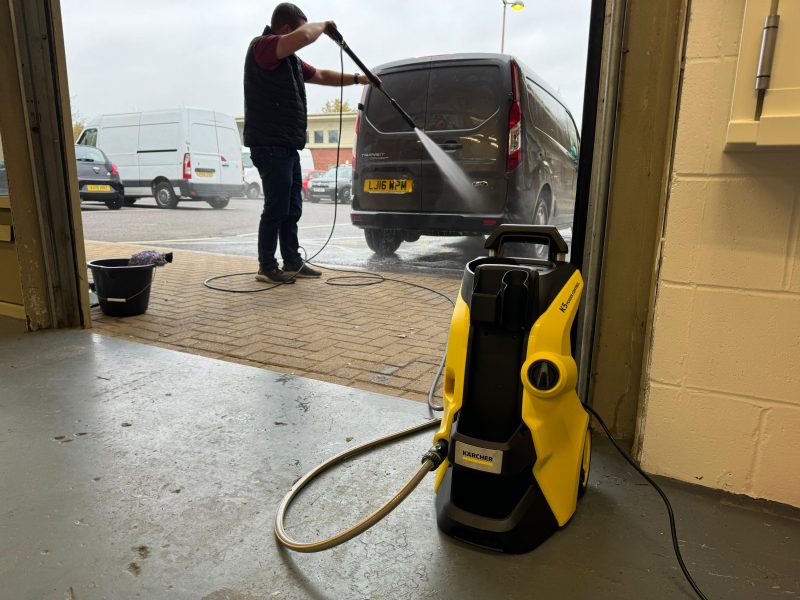
If you know someone who loves to keep their car spotless – or you fancy getting your own car cleaned on Boxing Day – then a pressure washer from Karcher could be a great present. The K5 is one of this brand’s most popular pressure washers and comes equipped with a range of accessories to make car cleaning easier.
There’s also the WV 6 vacuum which can be used for taking away the condensation from inside a car on a cold morning. It’s a great way of getting a streak-free shine on the windows, too.


